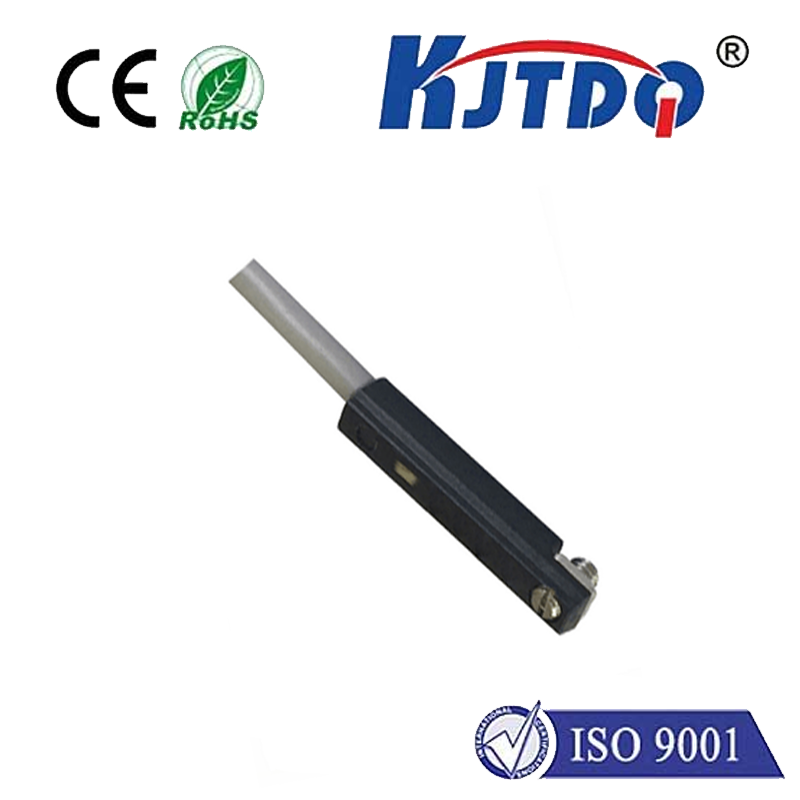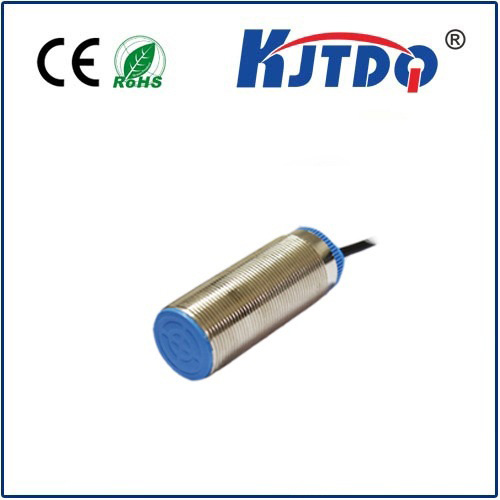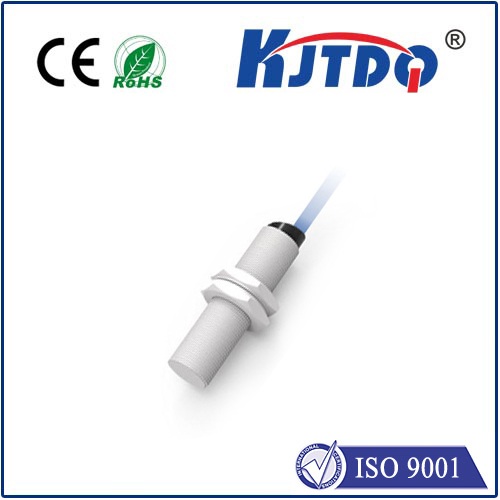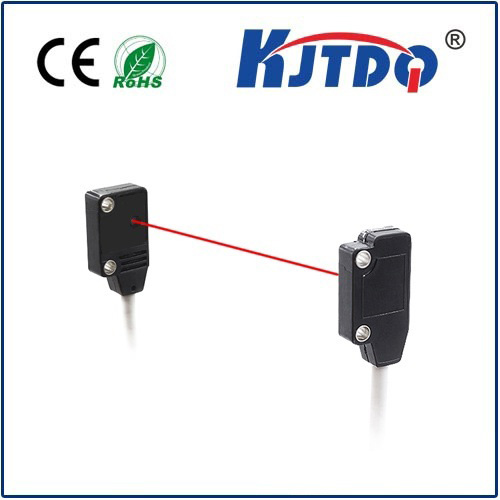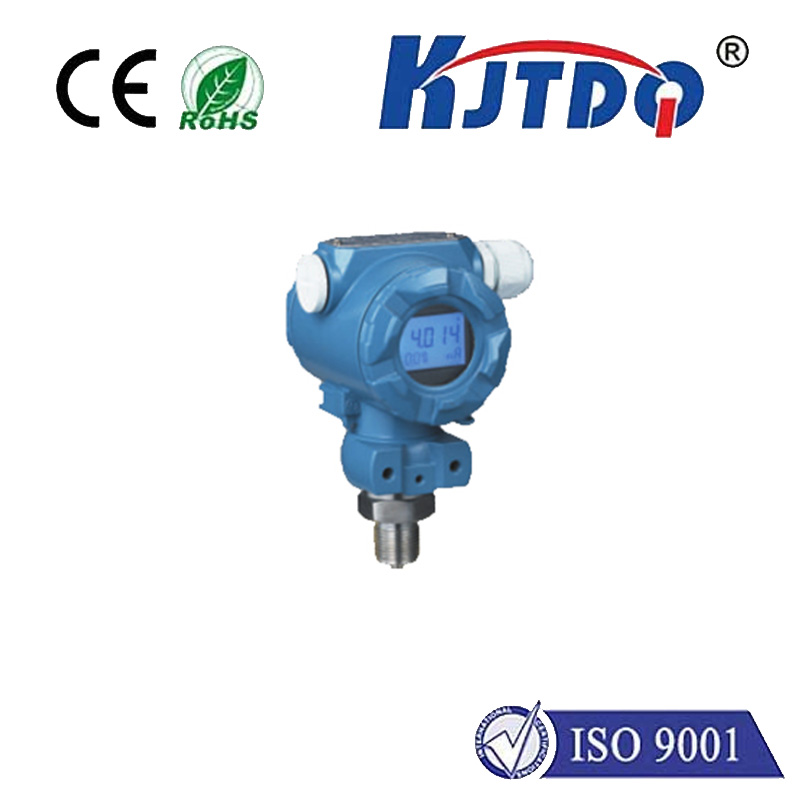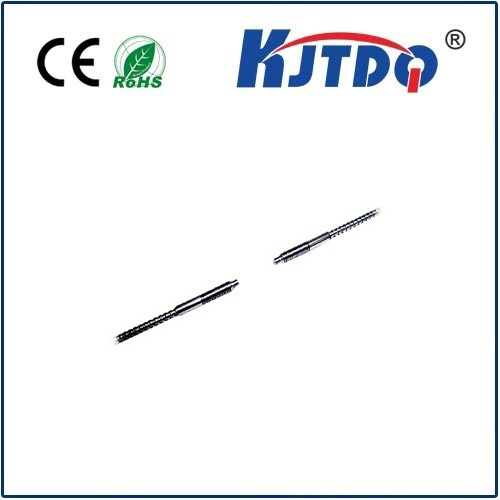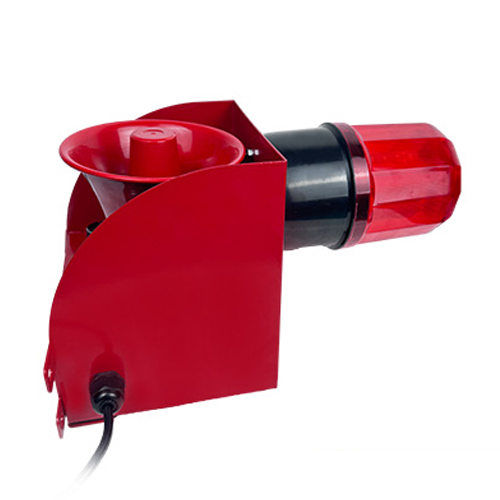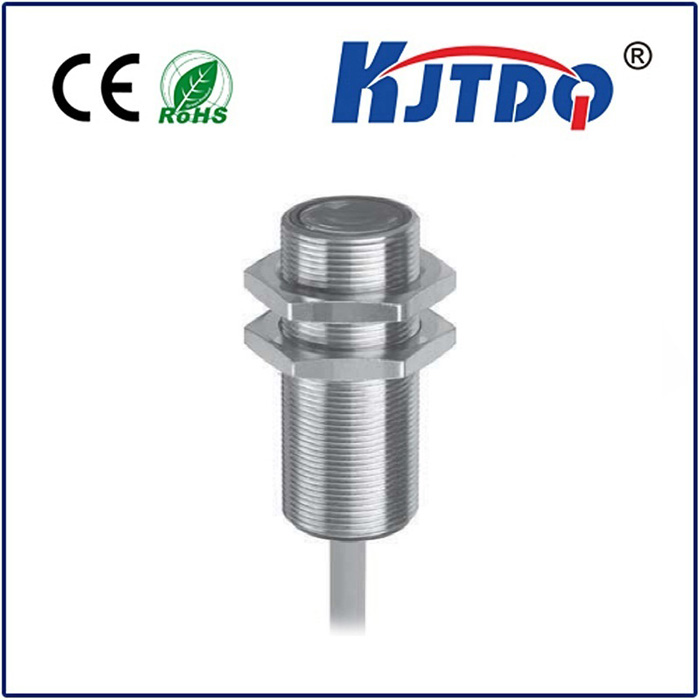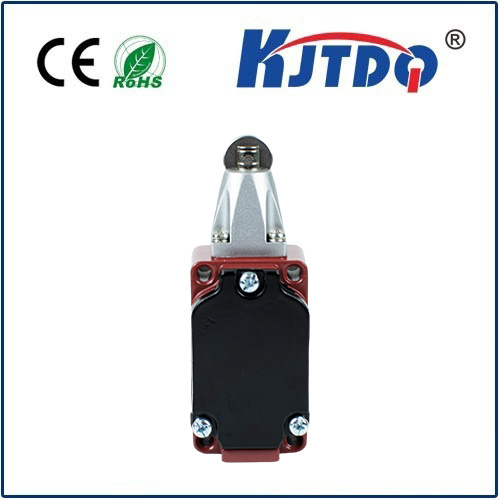ограничительный выключатель
- time:2025-09-12 02:33:32
- Нажмите:0
Micro Switch vs. Limit Switch: The Precision Guardians of Automation
Imagine a high-speed packaging line suddenly grinding to a halt because a component moved just a fraction too far. Or picture the potential danger if an elevator door didn’t know when it was fully closed. Preventing these costly disruptions and safety hazards often hinges on a remarkably small, yet incredibly reliable component: the micro switch, frequently referred to as a ограничительный переключатель. But what exactly are they, and why are they indispensable in modern machinery? This guide dives deep into the world of micro switch limit switches, unraveling their function, features, and critical applications.
Understanding the Core: What is a Micro Switch Limit Switch?
At its heart, a ограничительный выключатель is a highly sensitive, mechanically operated switch designed to detect the presence, absence, or position of an object. It acts as a sentinel, signaling a machine’s control system when a specific physical limit is reached. While “limit switch” is a broad category describing any switch used for position limiting, “micro switch” denotes a specific Тип of switch known for its compact size, snap-action mechanism, and high precision.
The term “micro switch” is actually a trademark (owned by Honeywell) that became synonymous with this type of switch due to its widespread adoption and unique characteristics. Therefore, when we talk about a Миниатюрный ограничительный переключатель, we’re typically referring to one utilizing this specific snap-action principle.
The Engine Room: How Does It Work?

The magic lies in the snap-action mechanism. Unlike simple switches that slowly make or break contact as an actuator is pressed, a micro switch features a complex internal spring system. This system requires only a tiny amount of physical movement (the pretravel) at the actuator to store energy. Once a critical point is reached, the springs snap the electrical contacts open or closed with remarkable speed and force. This snap-action is crucial because it:
- Ensures Positive Contact Operation: The rapid movement guarantees a clean, bounce-free connection or disconnection, minimizing arcing and ensuring reliable signal transmission, even in environments with vibration. This directly contributes to a long electrical life, often rated in millions of operations.
- Provides Over-Travel Protection: Once the actuator has triggered the snap-action, it can usually be pressed further without damaging the internal mechanism. This overtravel protects the switch from being forced beyond its design limits by mechanical stops or misalignment.
- Offers High Repeatability: The snap-action allows for very consistent operation point triggering, meaning the object position needed to activate the switch remains virtually identical each time.
Tailored for Every Task: Actuator Versatility
A key strength of micro switch limit switches is their adaptability, largely achieved through a wide array of actuator types. The actuator is the part physically contacted by the moving object. Choosing the right one is critical for reliable operation:
- Roller Lever: Ideal for applications with lateral movement. The roller reduces friction and wear as the object slides past. Comes in various arm lengths and roller sizes.
- Simulated Roller Lever: A cost-effective version of the roller lever, often molded plastic, suitable for less demanding or slower movements.
- Pin Plunger: A simple, compact plunger suitable for direct vertical actuation. Requires precise alignment.
- Spring Rod (Whisker): A fine, flexible wire ideal for detecting very small objects or movements where minimal force is available.
- Leaf Lever: A flat spring lever, useful for applications needing a broad surface area or specific actuation angles.
The choice of actuator significantly impacts the switch’s sensitivity, force required, and suitability for different motion profiles.
Enduring the Elements: Built for Reliability
Industrial environments are tough. Micro limit switches are engineered to withstand them:
- Robust Enclosures: Housings are typically made from durable engineering plastics or metals like stainless steel, offering resistance to impact and chemicals.
- Sealing (IP Ratings): Critical for operation in dusty, damp, or washdown environments (e.g., food processing). Look for high IP ratings (like IP65, IP67, or IP69K) signifying protection against dust ingress and water jets.
- Contact Materials: Gold-plated or silver alloy contacts ensure low contact resistance and high reliability, especially for low-current signal applications. Ratings like 16A @ 250VAC are common for power switching.
- Terminal Options: Offerings include solder lugs, quick-connect tabs, and integral molded cables for varied installation needs.
Where Precision Matters: Key Applications
The combination of small size, precision, reliability, and configurability makes micro switch limit switches ubiquitous:
- Промышленная автоматизация: Detecting position limits on robots, CNC machines, conveyors, presses (end-of-stroke detection), and automated assembly lines.
- Commercial Appliances: Ensuring doors are securely closed in vending machines, microwaves, washing machines, and printers. Sensing fill levels or component position.
- Transportation: Critical for door position sensing and interlock systems in elevators, trains, and buses. Used in vehicle controls and throttle position sensing.
- HVAC Systems: Detecting damper positions, filter status, and safety cut-offs.
- Safety Interlocks: Integral parts of safety systems on machinery guards, ensuring access doors are closed before operation can commence – a vital safety function.
- Packaging Machinery: Detecting product presence, box closure, and position of sealing/cutting elements.
- Medical Equipment: Providing precise position feedback in diagnostic machines, patient beds, and surgical tools where reliability is paramount.
Selecting the Perfect Sentinel: Key Considerations
Choosing the right micro switch limit switch involves evaluating several factors beyond just basic function:
- Electrical Requirements: Voltage (AC/DC), current rating (both make/break and carry), contact configuration (SPDT, DPDT common).
- Mechanical Specifications: Operating force, pretravel, differential travel (movement required to reset), overtravel, actuator type and length, physical size constraints.
- Environmental Conditions: Required IP rating for dust/water resistance, temperature range, exposure to chemicals, oils, or fuels.
- Долговечность: Required electrical life (operations) and mechanical life. Micro switches often boast lives exceeding 1 million to 10 million+ operations.
- Actuator Style: Must match the movement profile and force application of the target object.
- Certifications: Look for relevant safety approvals (e.g., UL, CSA, CE, VDE) for your region and application.
The unsung heroes of precise position control and safety, micro switch limit switches combine miniature size with robust performance. Their snap-action mechanism delivers unmatched reliability and repeatability, while diverse actuator styles cater to countless detection scenarios. Protected by robust enclosures and high IP ratings, these components thrive in demanding industrial settings. From ensuring seamless automation and guarding against hazardous situations to guaranteeing the simple reliability of everyday appliances, understanding and selecting the right Миниатюрный ограничительный переключатель is fundamental to building safe, efficient, and dependable systems.

